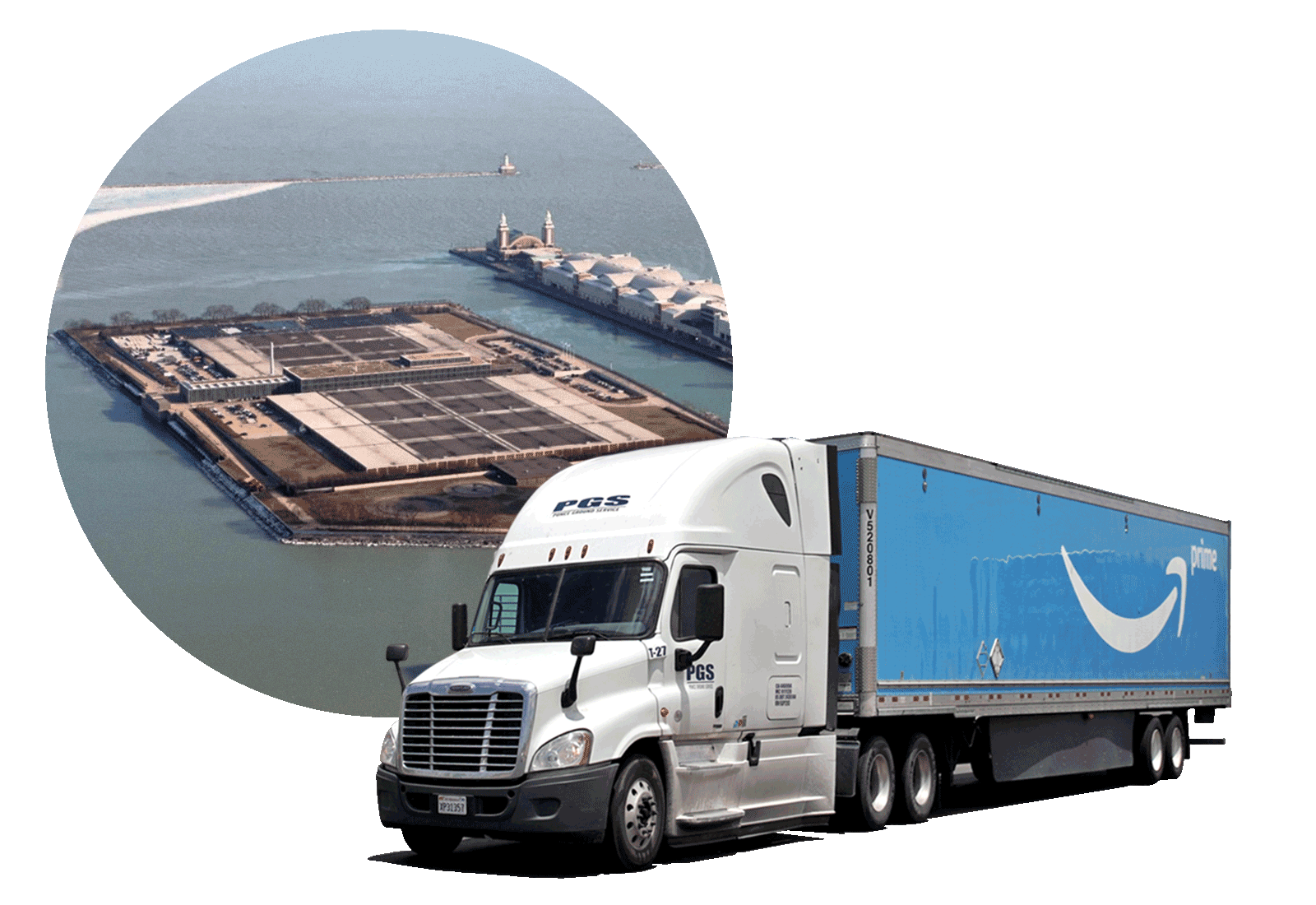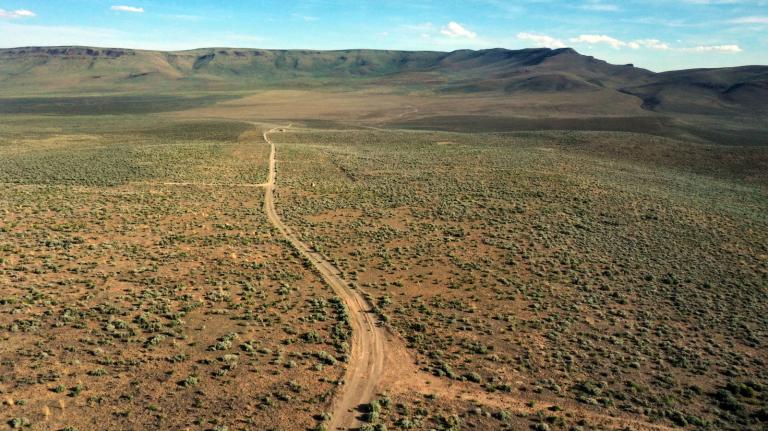“For years and generations, wars have been fought over oil,” Vice President Kamala Harris said at an April event in Chicago, Illinois. “In a short matter of time, they will be fought over water.”
Harris did not appear to know that just 40 miles away from the downtown office where she warned the country of its impending struggles over the “precious commodity,” a battle over water was already raging in Chicago’s suburbs and exurbs.
The booming city of Joliet is running out of water. For 150 years, the city has been among the handful of other municipalities across the Chicagoland region that has extracted water from an underground aquifer system connected to Lake Michigan. Water is stored deep underground between layers of bedrock that can reach hundreds of feet deep. To retrieve the water, a drilling system is used to press down on the sandstone aquifer, releasing the pressure and forcing water up into a well — much like the act of squeezing a sponge.
More than a century ago, the aquifer system was reportedly so full that water would shoot up above ground without even having to be drilled and pumped. But for the last 100 years, Chicagoland cities have been extracting way more water than has been naturally replenished. Even with climate change expected to leave the Midwest wetter than ever before, little precipitation has infiltrated the deep aquifers over the last several decades.
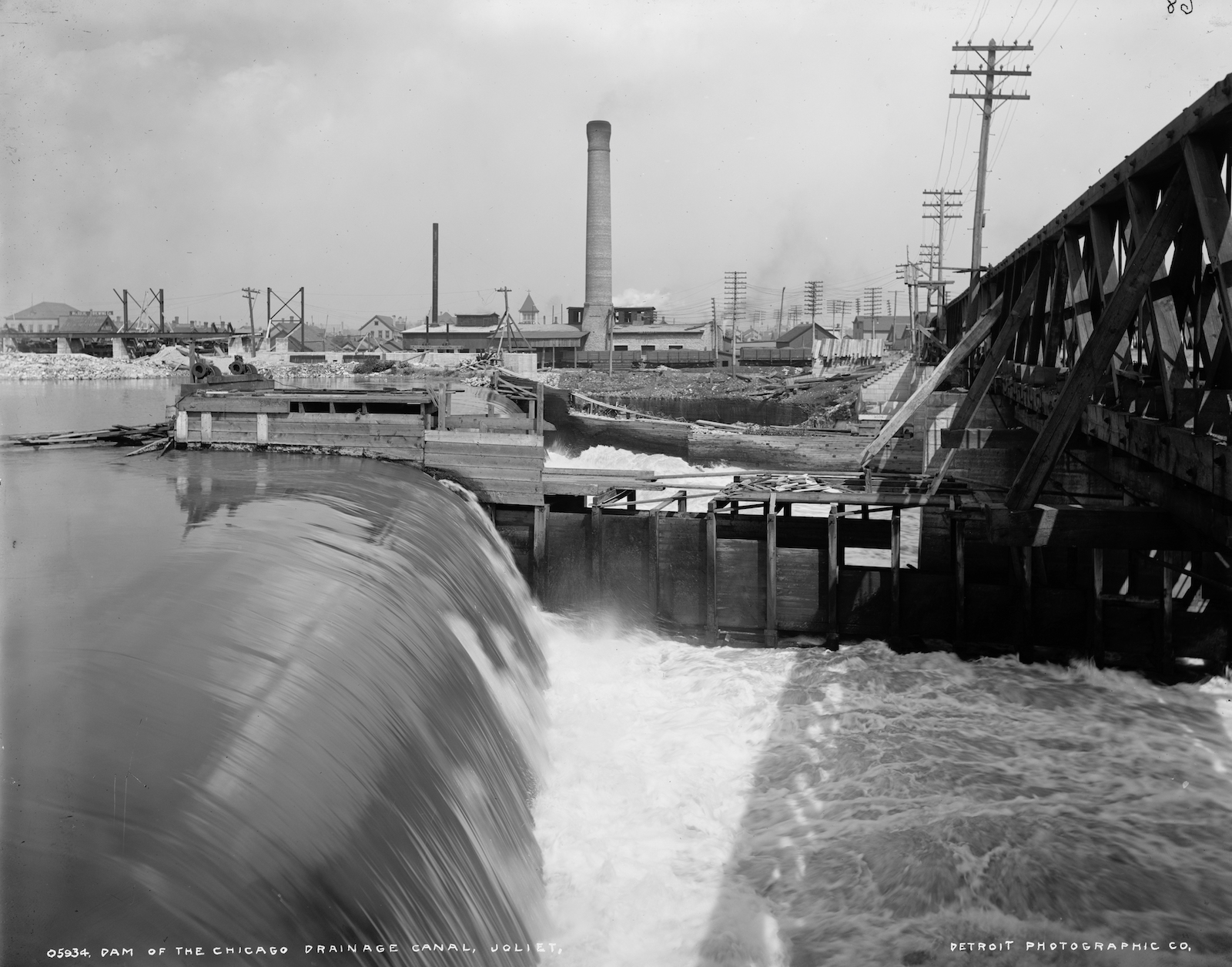
The bill for all that extraction is finally coming due. Generous estimates give the city until 2030 before its current water source is depleted. As a result, the roughly 700,000 people living in Will County, where Joliet is located, will join the more than 1.42 billion people living in areas of high or extremely high water vulnerability, according to UNICEF. In the U.S., 40 states are projected to have cities facing monthly water shortages by 2071, according to the U.S. Forest Service.
You may have never heard of Joliet, but if you’ve ever ordered anything online, there is a big chance one of your purchases has passed through the city of 150,000. Once defined by soybeans and cornfields, Joliet is now one of the country’s most important patches of land. Nearly 4 percent of U.S. gross domestic product, $735 billion worth, moves through its streets every year.
Over the last half-century, with a stark explosion in the last two decades, a sprawling system of warehouses, distribution centers, and rail lines has popped up, making the city home to the largest inland port in the country. The warehouse and logistics industry’s growth in Joliet reflects a nationwide boom that comes on the heels of the rise of online shopping: As of 2018, warehouses became the most common type of building in the country besides housing.
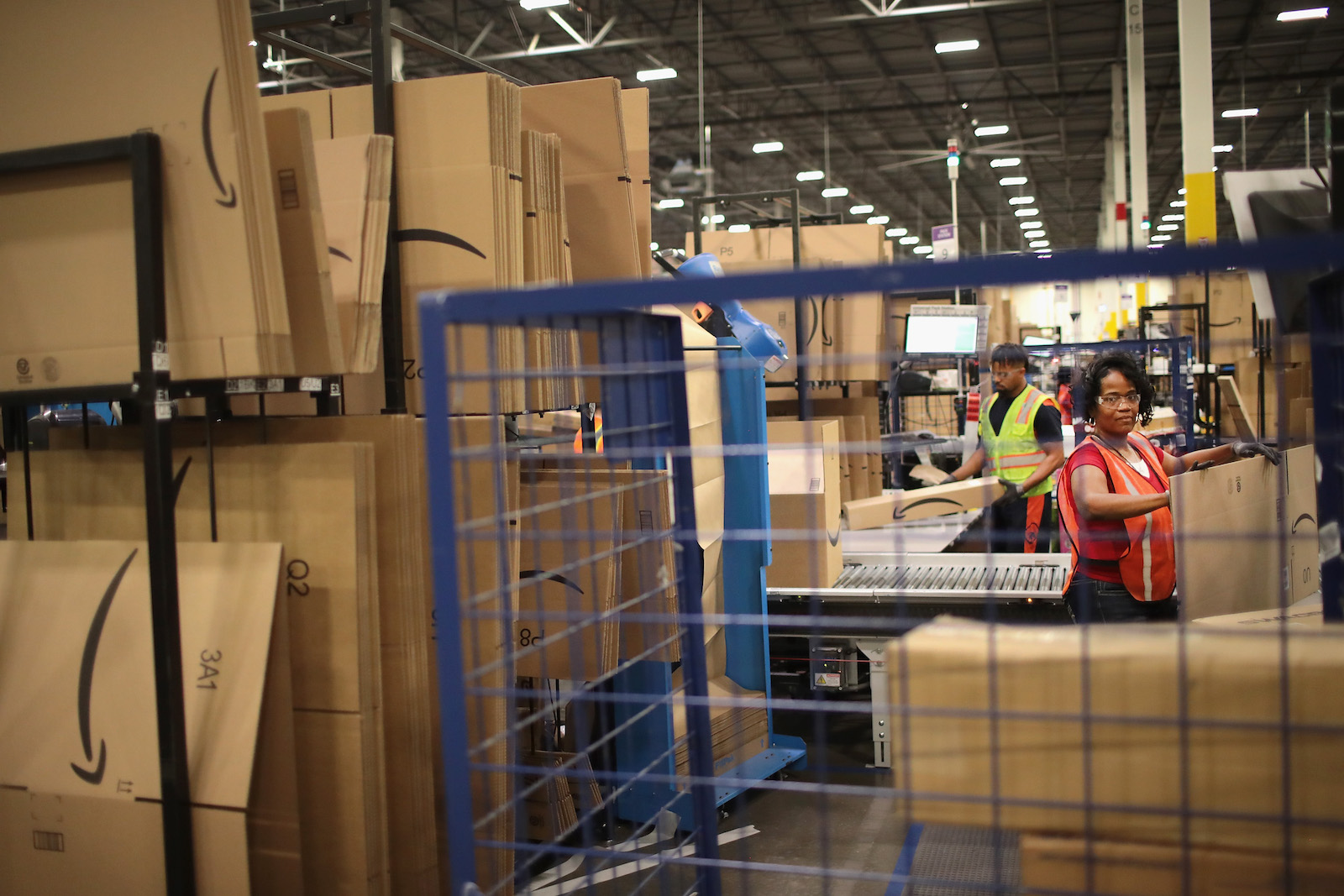
Joliet’s life-or-death struggle over water is in no small part due to the massive resource needs of this industry. Take these five warehouse owners in the city: Amazon (Joliet’s largest employer), Dollar Tree, DHL, Interstate, and Home Depot. Last year, these megacorporations’ warehouses — which account for just 2 percent of all 300 warehouses in Will County — used 20.5 million gallons of water. That’s equivalent to the water usage of roughly 325 Joliet homes, according to city data released to the Joliet-based labor rights group Warehouse Workers for Justice, or WWJ, through the Illinois Freedom of Information Act.
“This growth of warehousing and logistics has been one of limitless expansion,” Roberto Clack, who recently stepped down from his position as executive director of WWJ in December, told Grist.
Joliet’s mayor, Republican Robert O’Dekirk, may be well aware that this expansion is testing the resource limits of the city he governs — but he has few incentives to abandon an industry that employs 150,000 people across the Chicagoland area.
O’Dekirk, a former police officer, is no stranger to conflict and controversy. Just last month, the city of Joliet shelled out $93,000 in settlement money to two Illinois residents after O’Dekirk choked and shoved the two to the ground during Black Lives Matter protests in 2020. Now the mayor, first elected in 2015, has kickstarted a bold solution to the water crisis that promised to position him as one of the most powerful local leaders in the Midwest.

What he’s proposed is a billion-dollar pipeline connecting Joliet to Lake Michigan, the fourth-largest freshwater source in the world. The 6-foot-wide, 31-mile-long pipeline of steel and concrete would be used to switch the city’s water supply from the lake’s aquifers to the lake itself by 2030.
Because of Joliet’s centrality to the global supply chain, if successful the plan could accelerate the number of products that can move through the port, adding to the region’s already high levels of diesel pollution. It’s poised to recommit the region to industries that rely on fossil fuel extraction and make up the state’s biggest producers of greenhouse gas emissions, including oil refineries, chemical plants, and distribution centers. Just one Joliet refinery, which produces roughly 9 million gallons of oil everyday, could use anywhere from 4 to 13.5 million gallons of water daily, according to a metric derived by a U.S. Department of Energy report in 2016.
But the most tangible and immediate effect of the plan may be on Joliet residents themselves: The scheme is set to facilitate an astronomical rise in utility prices and the cost of living. Water bills for residents in Joliet and neighboring towns are projected to jump by as much as 300 percent in the coming decades.
While the plan would relieve the unsustainable pressure on Lake Michigan’s aquifers, it would make serious demands on the lake itself. The plan calls for siphoning virtually all the remaining water that Illinois can draw from the lake under federal law, which precludes other jurisdictions in the region from hatching their own water plans involving Lake Michigan. As a result, O’Dekirk has spent more than a year trying to convince neighboring municipalities to agree in advance to buy certain amounts of water being transported by his pipeline.
“What we are putting together is a regional solution to this problem [that] will provide clean and safe drinking water for generations to come,” he told Grist.
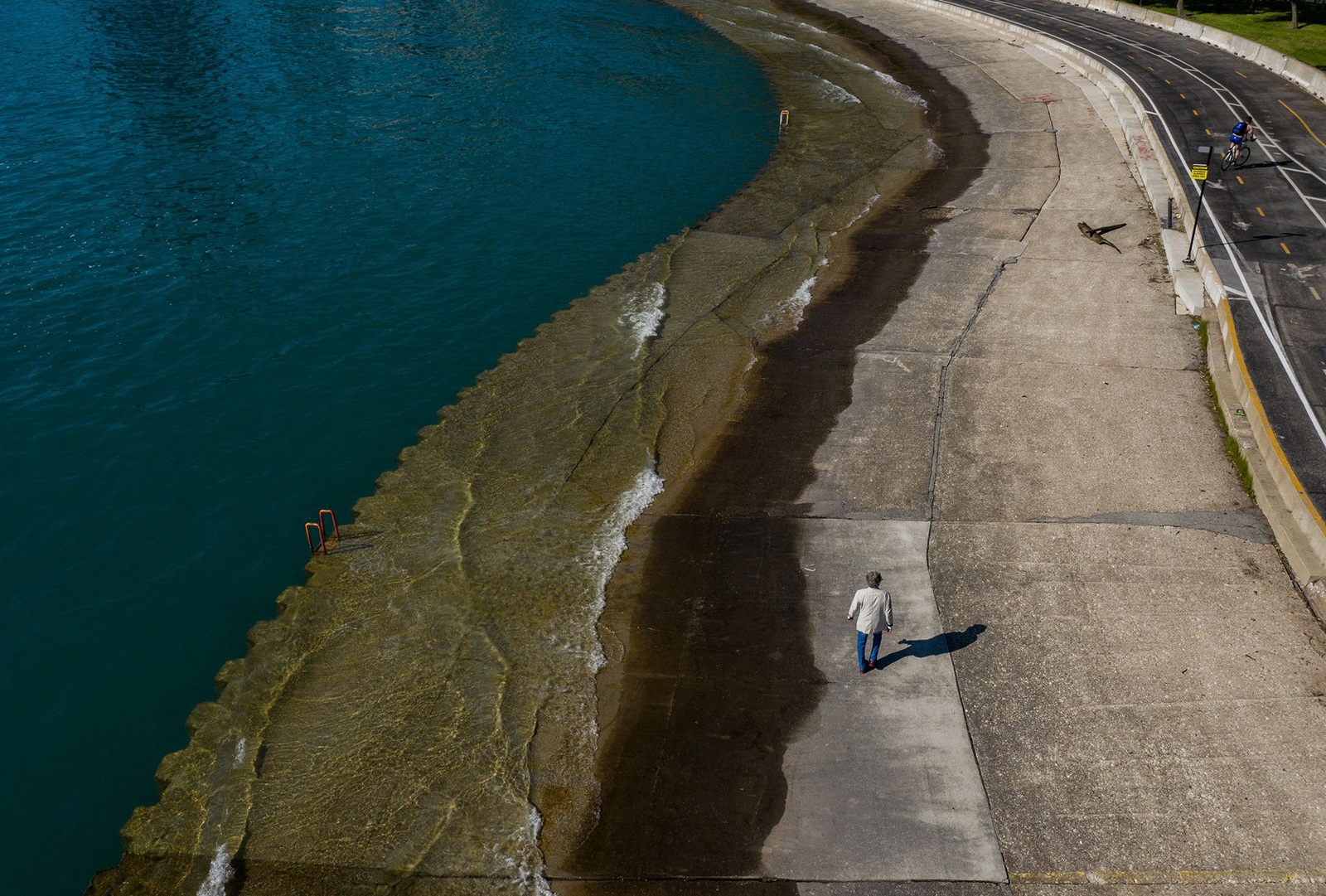
O’Dekirk’s initial plan was to resell excess water — secured from Chicago at a discounted rate — to other cities throughout the area. By his accounting, there were a dozen surrounding towns that could sign on, using about 40 percent of the water and paying about 40 percent of the cost.
However, in September the Better Government Association, a nonprofit news organization in Illinois, reported that O’Dekirk’s checkered past left local municipalities unsure of his trustworthiness and hesitant to sign on over fears of price-gouging, especially if the Joliet mayor would have an outsize say in the handling of water prices and distribution from the pipeline.
But fears about unilateral power being vested in O’Dekirk have been largely allayed by the state. In November, Illinois State Senator John Connor sponsored a bill, which was quickly signed into law by Governor J.B. Pritzker, establishing a “Joliet-region water commission” in charge of handling water distribution throughout the area. While O’Dekirk originally lobbied for “proportional” representation in decision-making power, which would have favored Joliet because of its size, the water commission gives every participating municipality equal weight in decisions related to the pipeline’s operation.
Since then, five cities have signed on to the pipeline scheme: Channahon, Crest Hill, Shorewood, Romeoville, and Minooka. Still, the creation of a water commission giving each city equal say wasn’t enough to convince everyone in the region. The three neighboring towns of Oswego, Yorkville, and Montgomery turned down Joliet’s proposition in favor of connecting with an already-operational water pipeline spearheaded by the County of Dupage, 30 miles north of Joliet, which they called a more environmentally and economically sustainable option because the pipeline is already up and running.
O’Dekirk stressed to Grist that, no matter the number of partners, Joliet would find a way to ensure water is running through the pipeline by 2030. “Obviously the more that join the water commission the cheaper it will be for everyone,” he said, but “there is no set number of partners.”
Indeed, Joliet’s city council approved the plan in 2020 before a single water partner had signed on, and engineering and construction studies are now underway. Earlier this year, O’Dekirk struck a favorable deal with the city of Chicago that will allow Joliet to buy already-treated water from Chicago’s water system for 30 percent less than the windy city charges its other municipal customers. This means Joliet won’t have to build its own water treatment plant along the lake and can use its pipeline to move water that the city of Chicago has already pulled from the lake and cleaned.
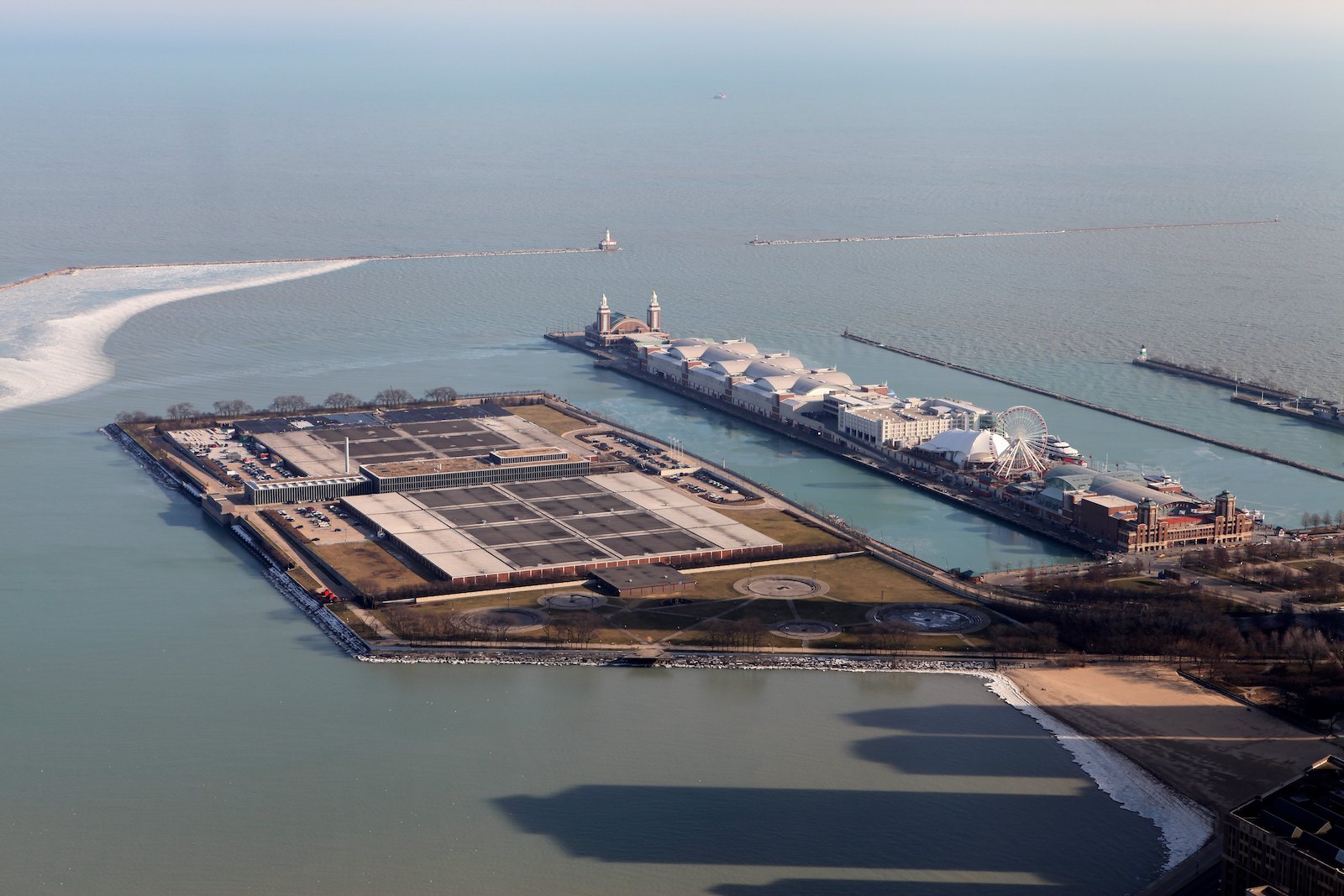
As a result, the city has touted their pipeline as an option that will ultimately be cheaper than established opportunities, such as Dupage’s pipeline, if enough cities get in on the ground floor. At the moment, though, the rate that partner cities will be charged is still unclear. It may take years after cities commit for that figure to come into view.
The regional water commission will help diffuse much of the project’s total cost — estimated to be anywhere from $800 million to roughly $1.5 billion, dwarfing Joliet entire annual municipal budget of $180 million — as partner cities will be charged hundreds of millions of dollars in hook-up fees to be spread out over decades. There is also hope that support will come from the federal government: The Environmental Protection Agency has invited Joliet to apply for roughly $730 million in loans through the Water Infrastructure Finance and Innovation Act program.
But for the scheme to succeed, O’Dekirk needs cooperation not just from outside the city, but from within it, too. For this reason, the city has floated the idea of expanding and doubling down on the region’s biggest industries — fossil fuels and logistics — to serve as “water partners.” These include major businesses like ExxonMobil and the PQ corporation, which have a refinery and chemical plant in the city, respectively, and would be the city’s biggest customers once the water starts flowing. (In 2020, PQ used 121.3 million gallons of water, paying the city nearly $900,000, according to data released through the Illinois Freedom of Information Act.)
Arguably the most controversial potential water partner is the Missouri-based NorthPoint Development company. For the last few years, O’Dekirk has been working to cut a deal with the real estate conglomerate to build a new warehouse district expected to use 500,000 gallons of water per day. The development, which required the city to annex about 2,000 acres of farmland, is currently at the center of two lawsuits brought by local groups and a neighboring town because of environmental justice concerns. If constructed, the development would be the city’s biggest water user by far.
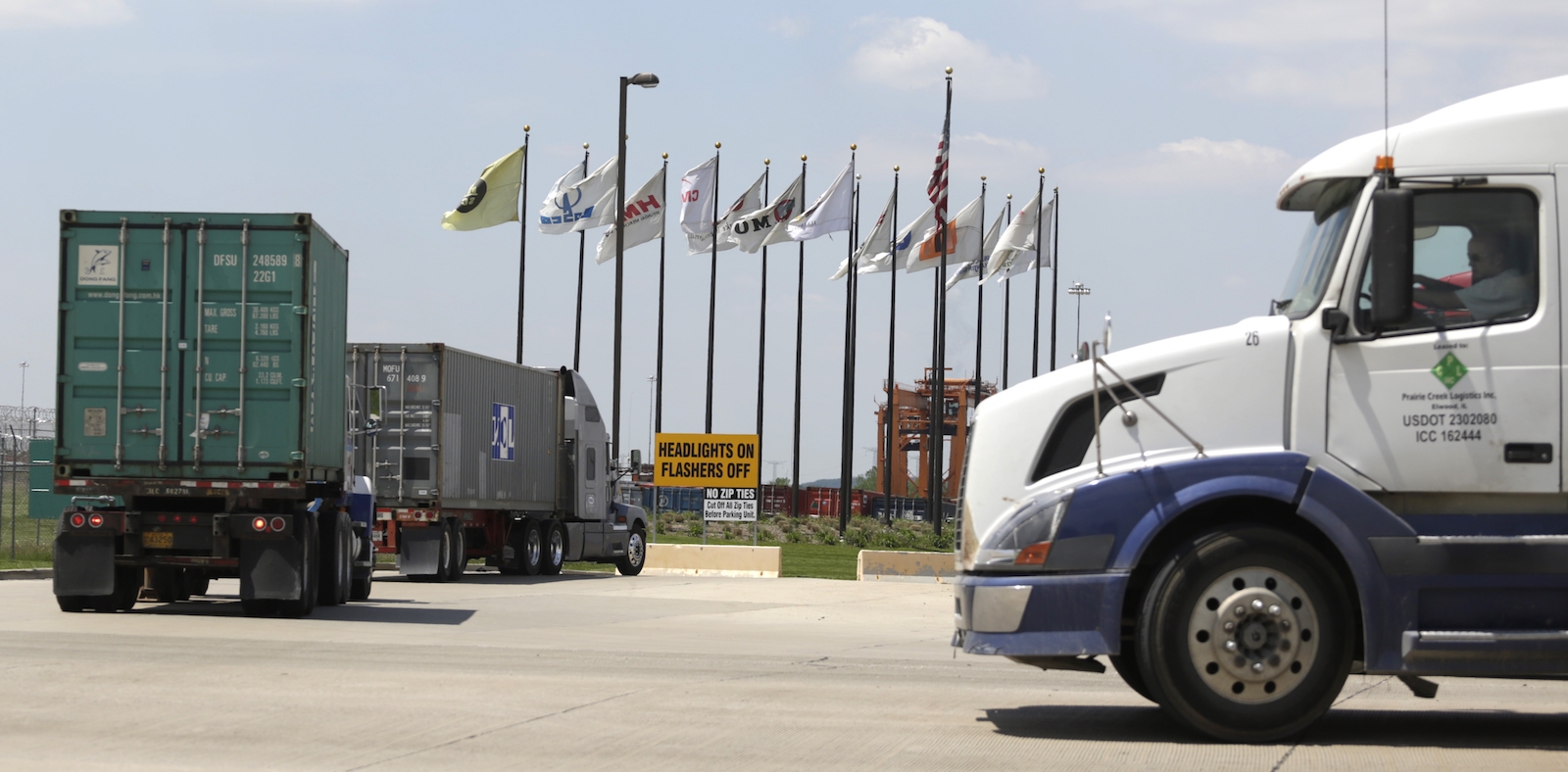
The small village of Elwood is trying to block the development in court because it would increase air and noise pollution in the community by sending thousands of additional trucks through the town each day. Meanwhile a coalition of environmental groups, including the Sierra Club and Openlands, claim that the development violates Joliet’s zoning laws and that the warehouse district’s water consumption will dry out a nearby nature preserve before the new pipeline is operational. Constant light, noise, and air pollution may also harm more than 400 native species of plants, insects, and animals, like freshwater mussels, bison, and wolves, according to the suit.
The development has caused a political rift within the heavily Democratic state. In addition to the Republican O’Dekirk, the development has received support from Democrats across the aisle: State Senator Connor and U.S. Representative Bobby Rush have both come out in favor. The politicians say the development will bring 10,000 new jobs to the area, increase tax revenues, and help solve the water crisis. However, others contend that the project will create new environmental crises.*
“At the end of the day, I really feel that if we need to be building on our farmland, it needs to be windmills and green infrastructure, not concrete warehouses,” Rachel Ventura, a Joliet resident and Democratic representative on the Will County Board who opposes the warehouse development, told Grist.
With the help of this development, Will County estimates that freight volumes could reach 600 million tons by 2040, bringing thousands of more trucks through the region and raising concerns about highway and road capacity. Diesel air pollution in Joliet is already worse than it is in at least 90 percent of the country, according to the Environmental Protection Agency’s environmental justice mapping tool, and the expansion is expected to intensify that.
“Here in Joliet, we have the chance to show the world how to be the best stewards of our planet possible. ‘Building Back Better’ could start here with the opportunity to protect our environment as we ensure our families are financially supported instead of adding more pollution and draining our water sources,” Ventura added.
Many Will County residents have joined Ventura in openly rejecting not only the NorthPoint development but also O’Dekirk’s pipeline proposal, because of the water partners’ poor track record in the community. In April, the federal government placed Exxon’s Joliet facility under a federal consent decree requiring it to reduce its Nitrogen Dioxide and Sulfur Dioxide emissions below federal standards and do a more consistent job of reporting emissions during periods of startup, shutdown, and malfunctions. The agreement comes on the heels of the same refinery violating a similar consent decree signed in 2005 and stipulates that the refinery must pay $1.5 million in penalties and $10 million in improvements for its facility to reduce its air emissions.
Likewise, in 2016 the Illinois operations of the Ozinga Corporation, a concrete mixing company, were put under a similar federal consent decree to reduce particulate matter and dust spewing from its Joliet facility after being fined $38,000 for exceeding federal limits. According to the EPA’s Risk-Screening Environmental Indicators tool, which analyzes how facilities affect human health, the harmful human health impacts and risks related to an RHO Chemical Company plant in Joliet are 6.5 times higher than those of the average chemical manufacturing plant in the U.S.
“I cannot think of anyone besides the Mayor and these corporations who’s going to benefit from this,” Sandy Costa, a Joliet resident and health worker for elderly adults, told Grist. Costa says her activism against the pipeline has caused her to lose friends — even more so than “Trump or the pandemic.”
“We’re all left wondering, ‘how do we fight this?’ she said. “How do we get to a place where our needs are balanced with the needs of these companies?”
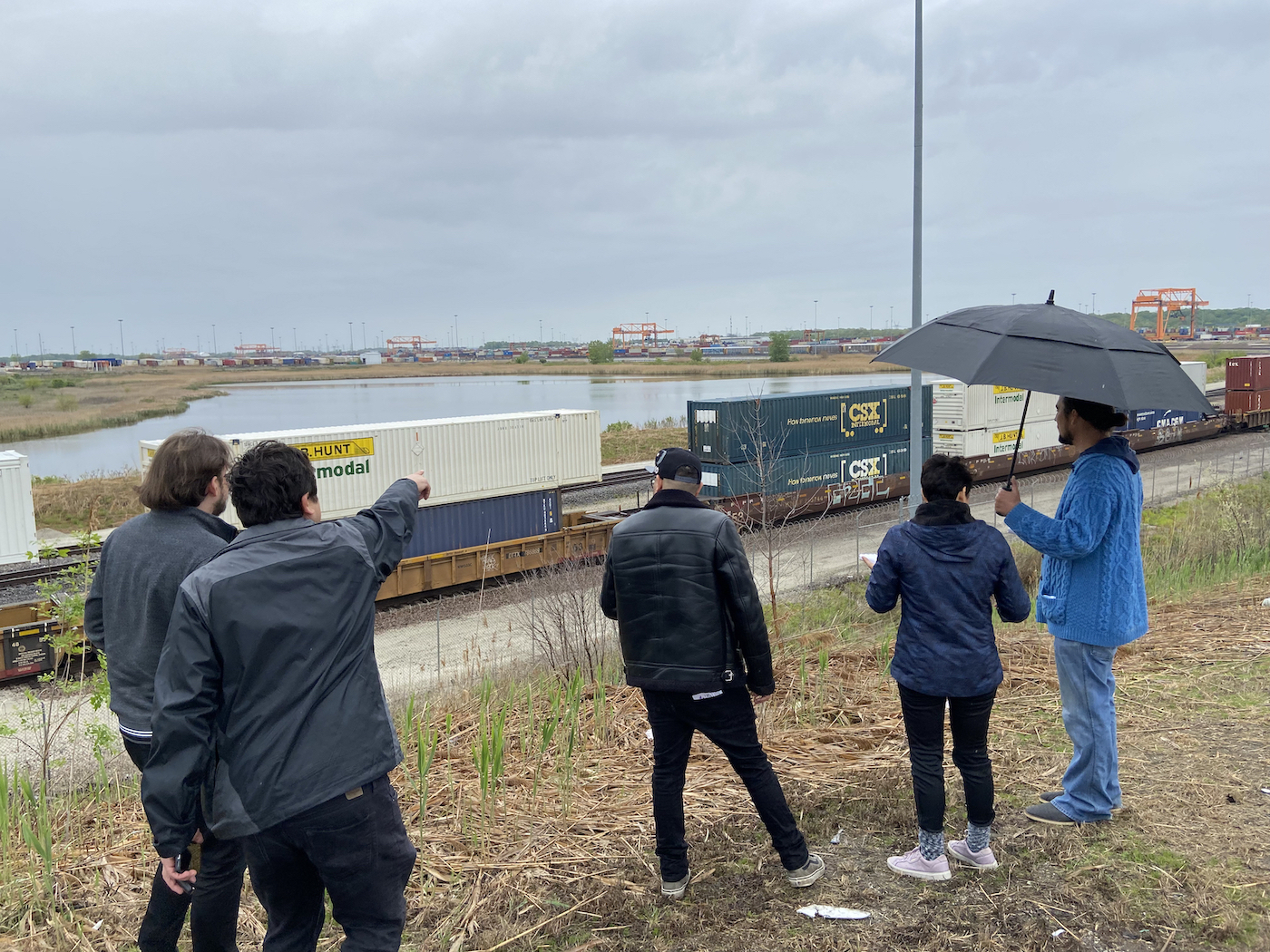
While the environmental effects of the city’s potential water partners are sure to be felt by residents, the pipeline’s impact on the cost of living in Joliet may be even more tangible. By the city’s estimations, the pipeline is expected to cause Joliet residents’ water bills to rise every year until at least 2040 — a huge obstacle for the nearly one-fifth of the city that falls below federal poverty guidelines. Depending on the actual cost of the pipeline and just how many residents will be included in the regional water commission’s distribution, residents’ monthly water bills could rise from $34 to as much as $93 by 2030. Residents in neighboring cities that sign on as water partners could see bills rise anywhere from $30 to more than $60 above what they’re paying now, according to Joliet’s estimations.
This trend could compound a nationwide increase in utility debt. Americans’ utility debt increased from around $12 billion before the pandemic to an estimated $32 billion by the end of 2020, according to the National Energy Assistance Directors’ Association. In the city of Chicago alone, residents have racked up half a billion dollars in water debt.
“We’ve been placed in a bad position,” Angela Ortiz, a former Amazon warehouse worker who is now an environmental justice organizer with WWJ, told Grist. “In exchange for jobs, low-paying jobs at that, our land, air, and water are polluted — and now our cost of living will go up because of them, too.”
Ortiz has called Joliet home her entire life, but she says that the pipeline might change that. “I might have to move out,” she told Grist at a community event at Joliet Junior College in October. “I’ve heard this from other people, who are like: We may just have to move out.”
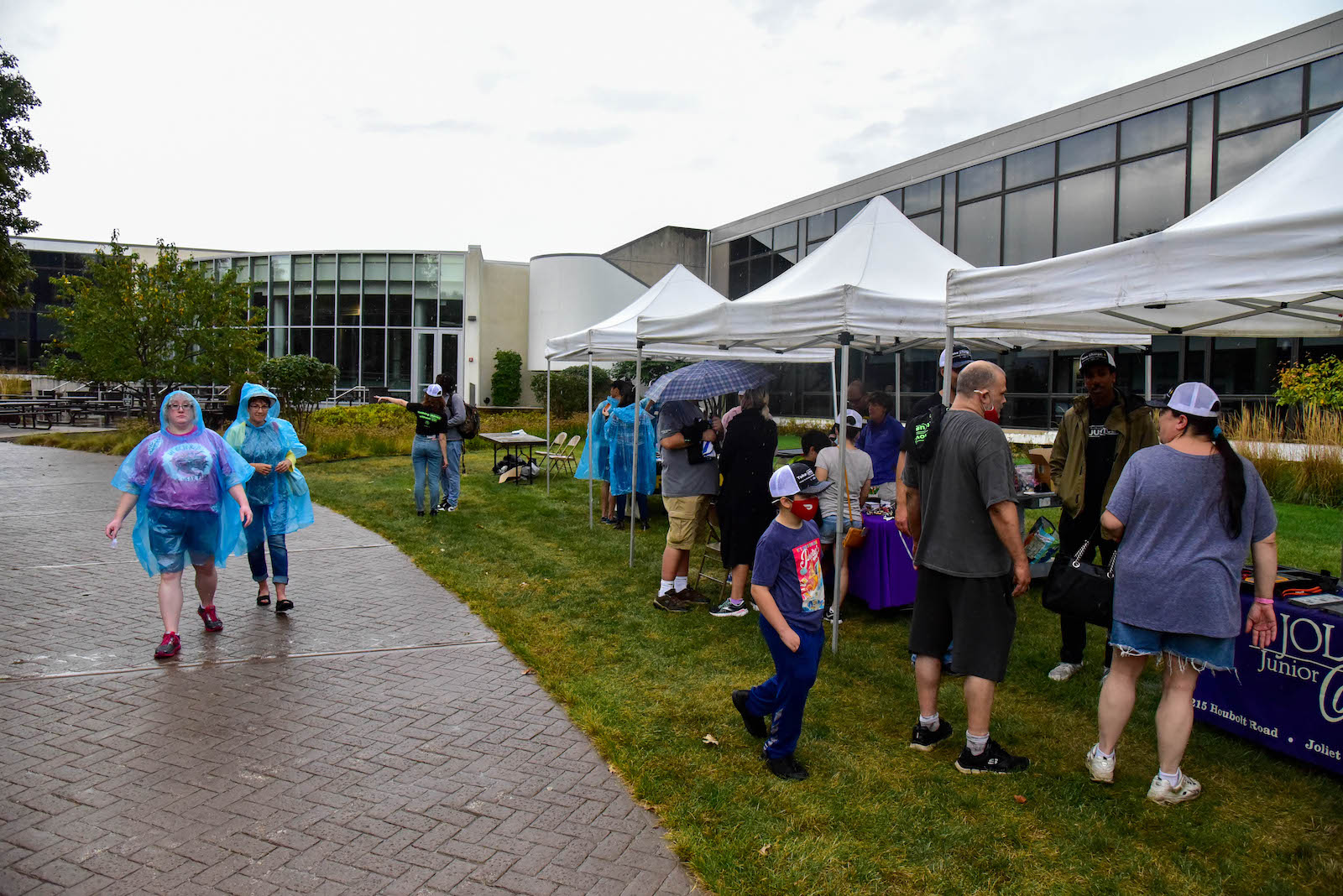
The frustration stems in part from years of regular leaks in the city’s water infrastructure, which particularly inflates usage (and thus water bills) on the city’s east side, where residents are disproportionately people of color. Joliet city council member Bettye Gavin told the Better Government Association that the neighborhood is in “desperate need of water delivery pipes that don’t crumble routinely during subzero weather” and has called on the city to prioritize pipe repairs.
Beyond equity concerns, the leakage also jeopardizes the city’s pipeline scheme. To be able to extract water directly from Lake Michigan, federal rules require a water system to experience 10 percent water loss or less, but Joliet’s current water loss rate is 35 percent. The culprit, the city claims, is old, leaking lead water service lines — of which Illinois is home to the most in the country. Joliet has more than 15,000 such pipes, the third-most in the state. O’Dekirk told Grist that the city is “in the process of replacing every water main in the city and removing any lead pipes which remain” but he expects the process to take the rest of the decade.
Joliet residents, including WWJ organizers and a group organizing under the name Say No to Northpoint, have called on the city to implement a scaled pricing rate for industrial water users, such as Amazon, to offset the expected price hike for ordinary households. Baltimore County, Maryland, has set a similar precedent that has found success, advocates argue. In 2019, the county began implementing a scaled pricing system, charging industrial users 5 percent more per 1,000 cubic feet of water than residential users. That, coupled with the county’s 2019 Water Accountability and Equity Act, which capped water bills for anyone at or below 200 percent of the federal poverty level, allowed hundreds of households to climb their way out of debt.
Through Illinois’ Freedom of Information Act, Grist learned that despite the pandemic, utility shutoff moratoriums, and the country’s skyrocketing utility debt, the city of Joliet collected $1.4 million more from water bills in 2020 than it did in 2019. As of October 2021, the city was on pace to collect 7 percent more money in 2021 than it did in 2020. However, when approached by Grist for more detailed records related to water rates, water debts, and water disconnections, representatives from Joliet’s water billing department told Grist that they could not generate such a report.
Underpinning all of Joliet’s challenges is the city’s job market. Since 2001, the number of transportation and warehousing jobs has increased by 420 percent in Will County. (There are an estimated 100,000 jobs in transportation across the region.) Bobby Frierson, a former warehouse worker who was illegally fired by his former company for union organizing, argues that the city’s logistics workers bear the brunt of the region’s environmental inequities. (According to a recent survey conducted by WWJ, a majority of warehouse workers in the region are people of color, even though Will County is 63 percent white.) But because of the way the city has developed, the polluting industries are often what keeps food on the table.
“Warehouse workers carry Joliet and the whole world on our backs,” Frierson told Grist. “They kept the entire world running during the pandemic and are neglected in the same deadly ways that the environment is.”
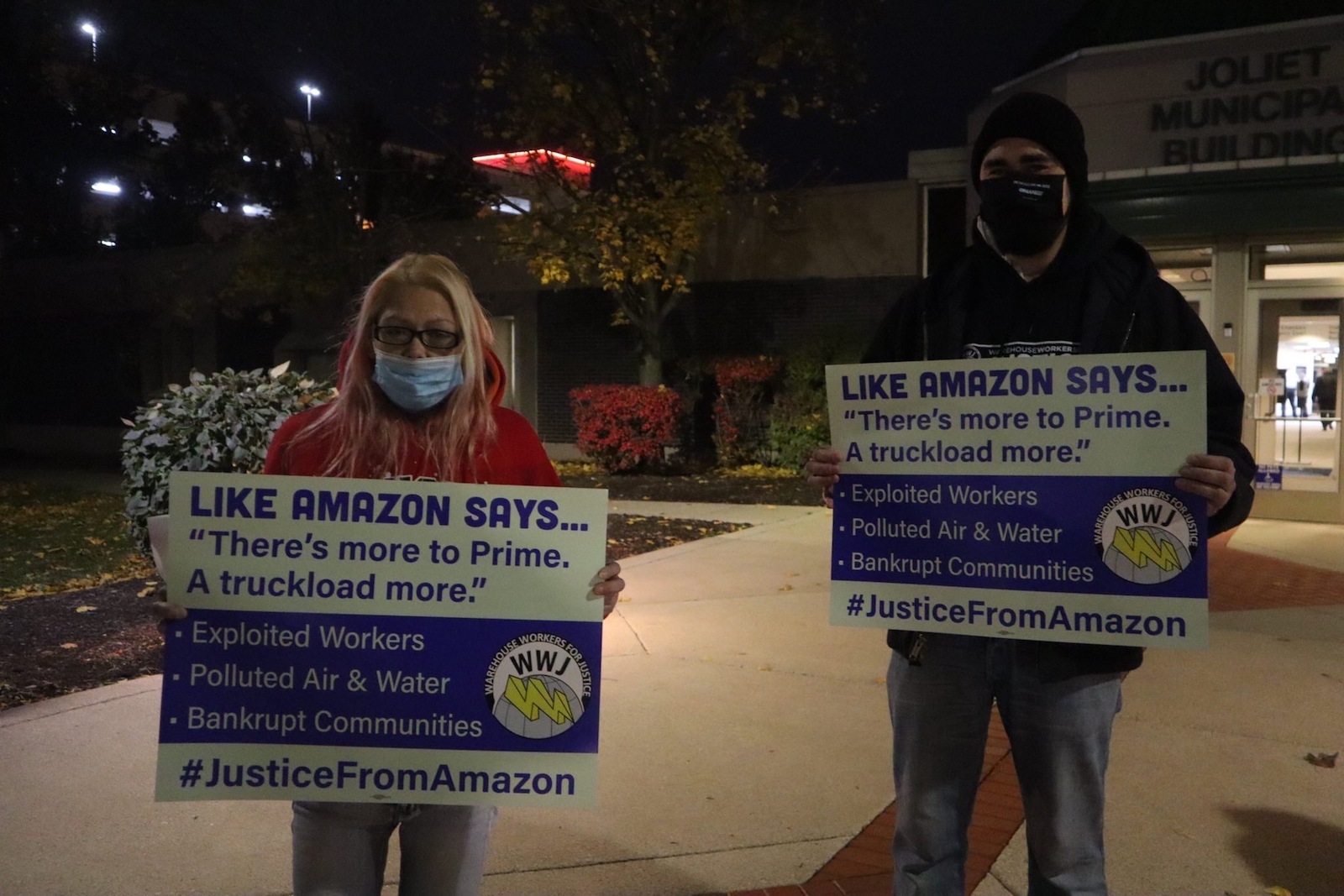
This is why advocates say a more holistic approach needs to be taken to address the problems of pollution, poverty, and the water crisis. “It’s so vital to look at these environmental justice issues from a bigger lens,” Daniel Robles, an energy policy coordinator at the Illinois Environmental Council, told Grist. “Advocating for warehouse workers against the warehouse industry also means advocating for sustainable jobs, community healthcare, clean water, and all the ways these communities are being oppressed.”
Clack, the former director of WWJ, says Joliet’s workforce would be better mobilized to bolster the area’s clean energy capacity and to clean up the mess left behind by industrial corporations. Rather than using the water crisis to double down on fossil fuels, he argues, it should be used to push for wind and solar power and the electrification of the city’s commuting options.
Over the last few years, WWJ has worked to bring electric trucking fleets into the community, in hopes of lowering the logistics industry’s environmental footprint — and also creating jobs. “Oftentimes our communities and job opportunities are pitted against one another in a way that makes it seem that you have to be a part of an environmentally-damaging industry to be able to feed your family,” Clack said.
“The crises of losing the aquifer, environmental pollution, and worker exploitation are dependent on the same disregard that industries have always had for workers, local communities, and our environment, even before globalization,” he added.
But for Joliet’s workforce to even have a chance, they’re going to need water — and it’s going to have to be accessible. “Water is something you can’t negotiate around,” Costa said. “You’re always going to need water.”
*Correction: An earlier version of this article stated that Chicago Mayor Lori Lightfoot has come out in support of a proposed NorthPoint development in Joliet. In fact, she has supported a similar development in Chicago, so the statement has been removed.

